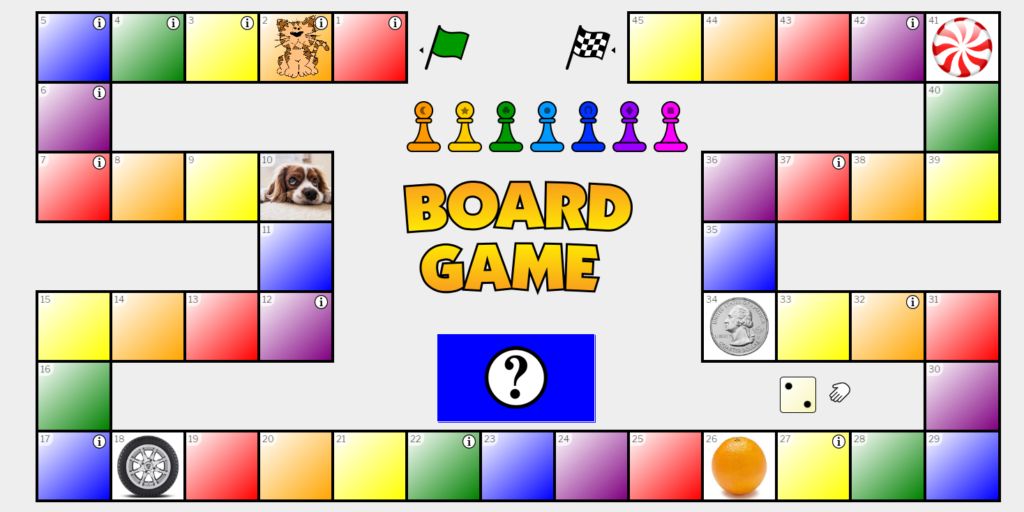Creating a board game is an exciting way to unleash your creativity while crafting an engaging experience for players. A successful board game balances strategy, fun, and clear rules. Follow these steps on how to create a board game.
- Define Your Concept
Start by deciding on the theme or idea for your game. It could be about adventure, education, strategy, or pure fun. Think about the target audience and the kind of experience you want to provide—whether it’s competitive, cooperative, or story-driven.
- Decide on the Objective
Clearly define how players win the game. Objectives can include collecting the most points, being the last one standing, reaching a destination, or solving a puzzle. Make the goal achievable yet challenging.
- Develop Game Mechanics
Determine how players will interact with the game. Decide on mechanics such as movement, resource management, trading, or combat. Ensure these mechanics align with the theme and are easy to understand.
- Create the Game Board
Design the layout of your board to match your theme and mechanics. Use paper, cardboard, or digital tools for prototyping. Include spaces, paths, or regions that facilitate gameplay. Make sure the board is functional and visually appealing.
- Design the Components
Decide on the materials needed for your game, such as cards, tokens, dice, spinners, or miniatures. Create placeholders during the design phase using household items like coins or scraps of paper.
- Write the Rules
Write clear and concise instructions for playing the game. Include details about setup, turn order, player actions, and endgame conditions. Test the rules for clarity to avoid confusion during gameplay.
- Playtest Your Game
Invite friends or family to play your game. Observe how they interact with it and note areas of confusion, imbalance, or lack of engagement. Use this feedback to refine your mechanics, rules, and components.
- Add Visual Appeal
Once the mechanics and rules are finalized, design the visual elements of the game. This includes the board, cards, and tokens. Use bright colors and intuitive symbols to make the game appealing and easy to navigate.
- Finalize Production
If you want to create a polished version, use durable materials or consider professional manufacturing services. Alternatively, you can keep a handmade version for personal use.
- Share Your Game
Introduce your game to a wider audience by hosting game nights or sharing it with friends. If you want to commercialize it, explore crowdfunding platforms or pitch your idea to game publishers.
Tips for Success
- Keep the game simple to understand but challenging to master.
- Test extensively to ensure balance and replayability.
- Be open to iterating on your design based on player feedback.
Also Read: How To Cook Calamari
Email your news TIPS to Editor@kahawatungu.com or WhatsApp +254707482874
